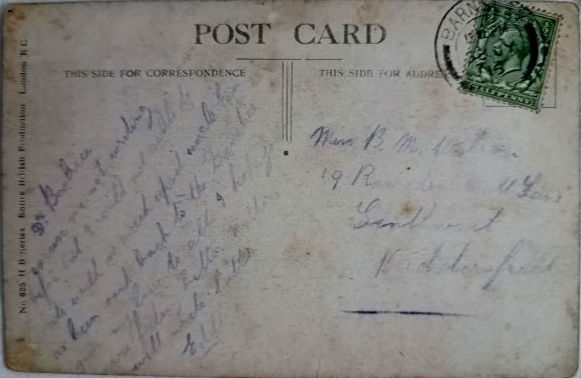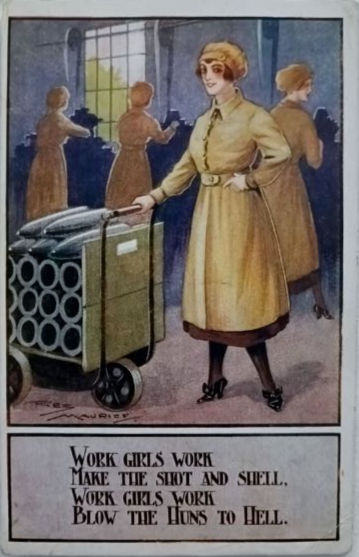Woven silk postcards originated in Krefeld, Germany, in 1898, blending printed postcards with large woven silk images known as Stevengraphs. These early cards were crafted on machines, ensuring a consistently high quality. Embroidered silk made its debut in 1900 for the Paris Exposition, with its popularity surging during World War I from 1914 to 1918. A flourishing cottage industry emerged around 1915, with high-quality silk, although later cards often compromised on craftsmanship to meet rising demand. Postcard companies began hiring women to work on a rough assembly line, with many cards hand-embroidered on strips of silk mesh, sometimes featuring up to 25 on a single strip. Most of this was done by French women before the cards were sent to factories for cutting and mounting. Some postcards included small envelopes with a sentimental message. Production remained steady through World War I, but declined in 1919, ultimately ceasing around 1923, with an estimated 10,000,000 handmade cards created between 1915 and 1919.













































































































































